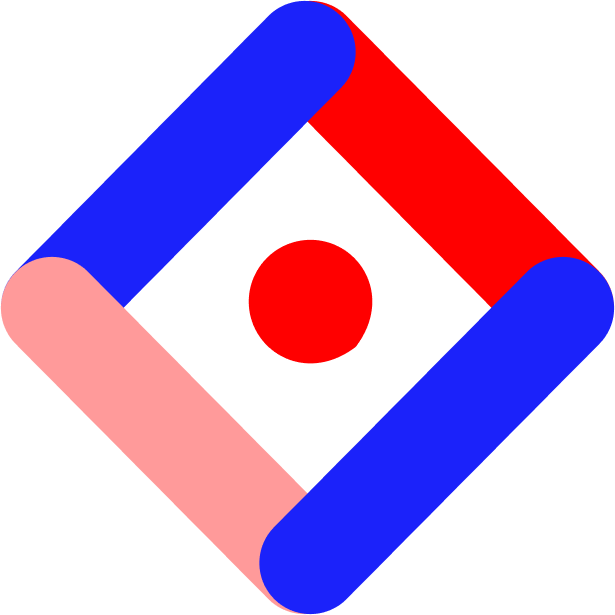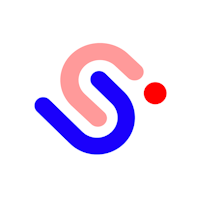Anyone who works on or alongside a marketing team knows that one of the most important components of content creation is search engine optimization. Search engine optimization, or SEO for short, is the process of optimizing your content so that it appears higher in search results and therefore drives more visitors to your page. This can improve everything from brand awareness, to lead generation and more. SEO encompasses both the strategy behind optimizing your content, as well as the technical aspects that are critical to ranking high on search engine result pages.
Chances are, your team already has a well-thought-out SEO strategy. But how can you apply this to your Studio content while ensuring that you're optimizing for the technical side of SEO as well? We’ve put together this helpful checklist for you to make sure you are accounting for all aspects of search engine optimization within the Studio.
✅ Use the live text tool in the studio:
Using the text tool in the Studio will ensure that your text is crawlable by search engines. You should avoid using images of text as much as possible.
✅ Apply alt tags to your images:
With an image selected on your canvas, you can enter a specific alt tag for that image in the Design tab. The alt tag should be a short description of the image that tells search engines what the image is. Including keywords in that description can provide SEO value.

✅ Set a page title and URL:
In the Experience settings tab of the Settings panel, make sure you set a specific experience title and URL that are both easy to read and include your main keywords. You don’t want these to be too wordy, but a URL with relevant keywords tells readers and search engines what the page is going to be about.
The Experience Title for an experience will become the <title> tag (also known as the meta title tag) in the HTML.
The Match page names to title option will append each page name to the title of the experience and will be the page title seen in the browser tab.
This option dynamically updates the <title> tag per page, but search engine crawlers will use the "hard coded" <title> tag for the experience as a whole, which would contain the Experience Title + the contents of the Title Keywords field, covered below.

✅ Title Keywords
This is an optional field that can be thought of as the "title for search engines."
If this field is left blank, the <title> tag of the Studio page will match the experience title.
If the field is populated, the contents of the field will be appended to the experience title within the <title> tag and is what you would see as the title of the page in search engine result pages.
This option is useful if you would like to augment the experience title shown in search results with additional information beyond just the experience title on its own or make it a bit more descriptive.
For example, if your Experience Title is "Rainforest Conservation," and the Title Keywords field contained "Saving Endangered Species of South America," the full <title> tag would contain "Rainforest Conservation - Saving Endangered Species of South America," and this in turn would be what will show up as the title in searches.

✅ Write a meta description:
Put together a meta description and enter it in the SEO tab within the Settings panel. This will ideally be 150-160 characters long, include relevant keywords, and summarize what your experience is about. This meta description will display under your experience URL on search engine results pages.
✅ Set a canonical URL (if applicable):
If you are embedding your content within your website, setting a canonical URL is extremely important. This ensures all SEO credit from the embedded Studio experience gets passed directly to the parent page it’s embedded on. You can specify this canonical URL in the SEO tab of the Settings panel in the Studio. For standalone experiences, if you are using subdomains, ensure that you are adding your subdomain to the canonical URL field. It’s important to set this before publishing your experience so that the first time your experience is crawled it is already sending that credit back, and you won’t have to wait for it to be recrawled.
✅ Customize NoScript HTML (if applicable):
The Studio will, by default, generate NoScript HTML from the copy and alt tags that you apply to images in the experience. This NoScript HTML will not be semantically marked up, however, you can opt to override this and enter in your own NoScript HTML. You can also copy the NoScript HTML generated by the Studio and edit this to be semantically marked up if you want to ensure your content is marked up with <h> and <p> tags. The NoScript HTML field is located in the SEO tab within the Settings panel.
✅ Choose Component as your Text Rendering Mode:
In the Text Rendering Mode section of your Settings panel (within the Performance tab), the Component mode will provide SEO benefits by improving the way your text is crawled by search engines.
Please note: this does not apply to experiences created with the new Text Tool.

✅ Add HTML Element tags to all of your text
Under your Typography settings, you can apply H1-H6 as well as paragraph tags to all text elements. This helps establish a hierarchy of text components in your experience.
Using this checklist in tandem with your current SEO strategy will help optimize your Studio experiences for search engines. If, however, you want your content to be private and not crawled by search engines, make sure to toggle off SEO in the SEO tab within your Settings panel.







